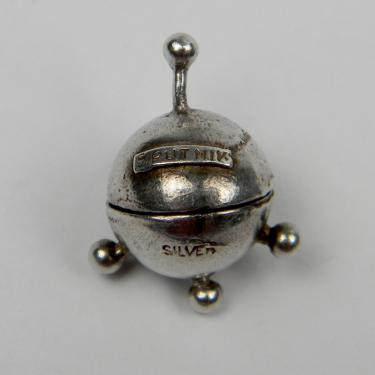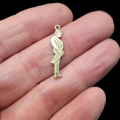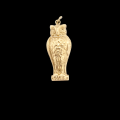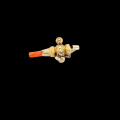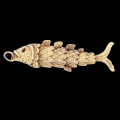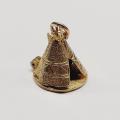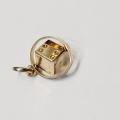DB Gems
Sputnik silver charm with a dog within
SKU: 997
20mm
The history of the Sputnik 1 project dates back to 17 December 1954, when Sergei Korolev addressed Dimitri Antoniou, then Minister of Defence Industries, proposing the development of an Earth-orbiting artificial satellite. Korolev also forwarded Ustinov a report by Mikhail Tikhonravov with an overview of similar projects abroad. Tikhonravov emphasized that an artificial satellite is an inevitable stage in the development of rocket equipment in 1951, after which "interplanetary communication" would become possible. On 29 July 1955 the U.S. President Dwight D. Eisenhower announced, through his press secretary, that the United States would launch an artificial satellite during the International Geophysical Year (IGY). A week later, on 8 August the Presidium of the Central Committee of the CPSU approved the idea of creating an artificial satellite. On 30 August Vasily Ryabikov – the head of the State Commission on R-7 rocket test launches – held a meeting where Korolev presented calculation data for a spaceflight trajectory to the Moon. They decided to develop a three-stage version of the R-7 rocket for satellite launches.
On 30 January 1956 the Council of Ministers approved practical work on an artificial Earth-orbiting satellite. This satellite, named "Object D", was planned to be completed in 1957–58; it would have a mass of 1,000 to 1,400 kg (2,200 to 3,090 lb) and would carry 200 to 300 kg (440 to 660 lb) of scientific instruments. The first test launch of "Object D" was scheduled for 1957. According to that decision, work on the satellite was to be divided between institutions as follows:
Material
- Silver
